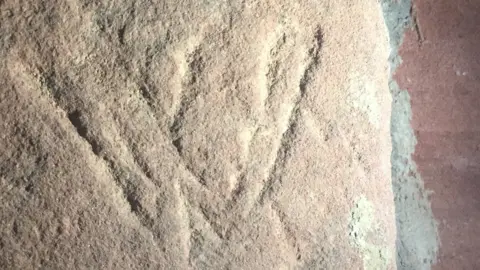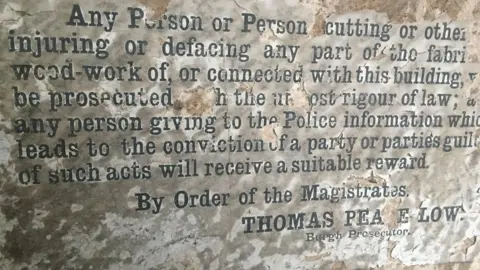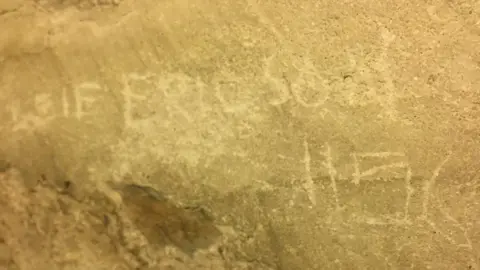Recording 900 years of graffiti in Orkney's cathedral
 BBC
BBCSt Magnus Cathedral is a giant pink building which dominates the centre of Kirkwall.
It is a much loved building, at the centre of church and community events.
But for almost 900 years, people have been expressing their affection for the place by literally leaving their mark there.
Now Orkney Archaeology Society is training up volunteers to make the first full record of all the graffiti in the building.
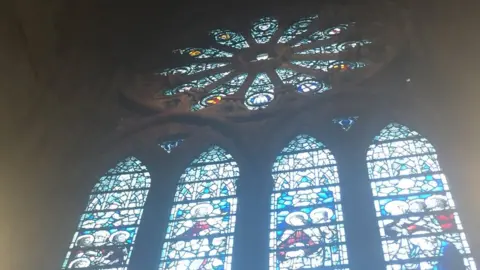
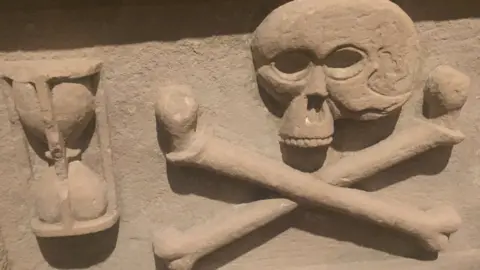

There are spectacular carvings in the cathedral that are supposed to be there - from the detail of stonework in the stained glass windows, to the inscriptions and grave markers in the nave.
But it is now becoming clear that there are hundreds - maybe thousands - of much more informal marks, which have been left in the fabric of the building over centuries.
It is a tradition which started with the stone masons who built it, and who cut their symbols into the blocks of stone they carved.
And it continued through the 19th Century and until World War Two when sailors based in Scapa Flow scrawled their names, and the names of the ships they served on, on to masonry in the galleries and upper levels of the building.
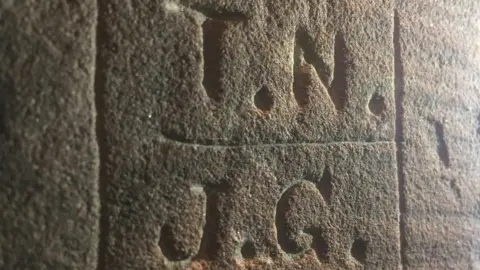

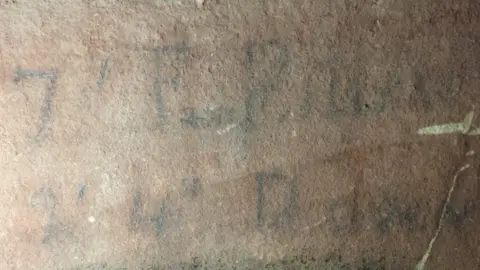
Examples of graffiti which are already known about - but which have not been fully recorded - include a carved circle, thought to be a charm to protect from harm; peoples' initials; and a pencil note on a pillar in the Choir which appears to record the position of a grave.
The plan now is for archaeologists from the University of the Highlands and Islands in Orkney to train volunteers with the skills to find and note down every piece of graffiti in the building.
It is hoped that it might be possible to publish a record of them - either as a book, or as an online resource.

